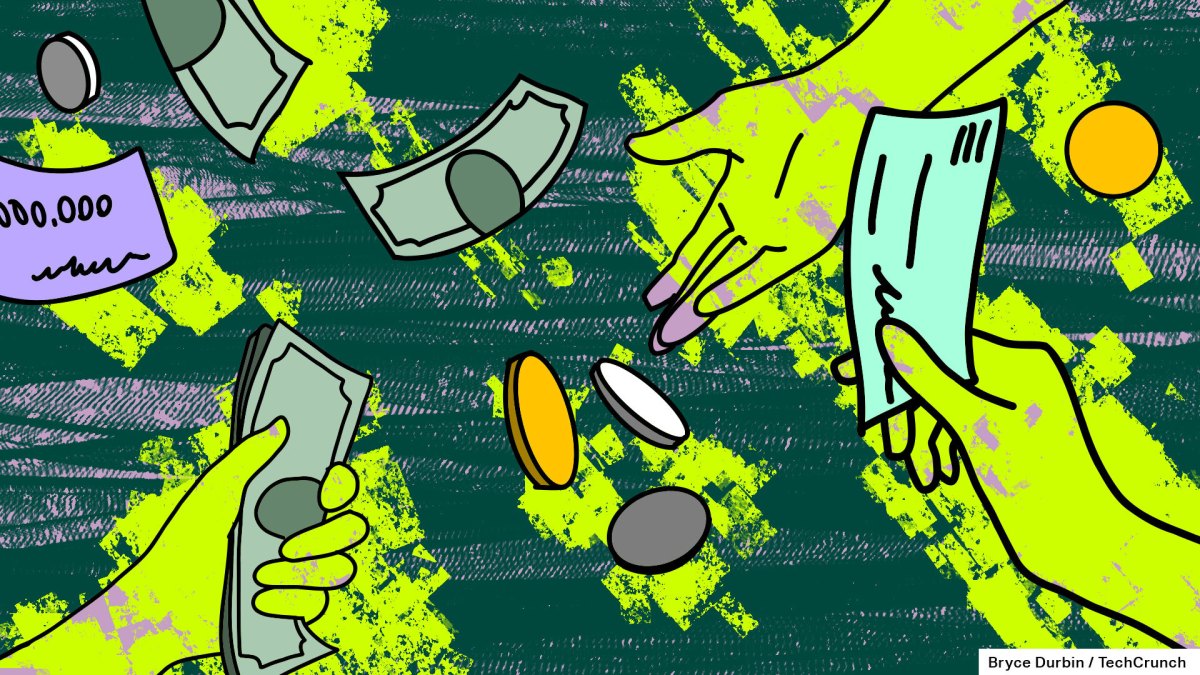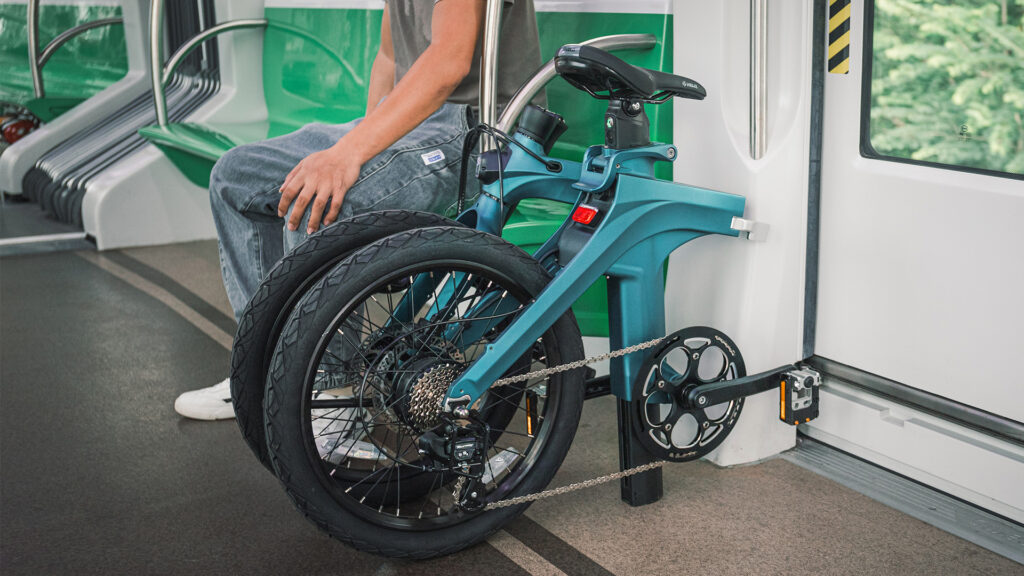The rise of crowdfunding platforms has redefined how people come together to achieve common goals. One significant area where this transformation is evident is in neighborhood renovation projects. From revitalizing parks and restoring historical landmarks to building community centers, crowdfunding has become a beacon of hope for neighborhoods seeking a fresh start.
The Role of Crowdfunding in Neighborhood Development
Crowdfunding leverages collective contributions from individuals to fund projects that might otherwise struggle to secure traditional financing. For neighborhoods, it offers a powerful tool to pool resources, garner support, and bring residents closer together. Here are some key benefits of crowdfunding for local renovation efforts:
- Community Engagement: Crowdfunding projects foster a sense of unity, as residents rally behind a shared goal.
- Transparency: Donors can track how funds are used, promoting trust and accountability.
- Accessible Financing: Unlike traditional loans or grants, crowdfunding allows communities to sidestep bureaucratic hurdles.
- Creative Freedom: Organizers can execute unique and innovative ideas without restrictions imposed by institutional funding.
Top Crowdfunding Platforms for Neighborhood Renovation Projects
Several platforms specialize in community-oriented campaigns. Each offers unique features tailored to specific needs. Below are some of the best crowdfunding platforms that can help neighborhoods kickstart their renovation efforts:
GoFundMe: The Household Name in Crowdfunding
GoFundMe is perhaps the most well-known platform for crowdfunding. Its user-friendly interface and broad reach make it an excellent choice for neighborhood renovation projects. With no platform fee, organizers keep more of the funds raised. The platform allows detailed storytelling, which is essential for engaging donors emotionally. For example, a small town in Michigan recently used GoFundMe to restore its local library, exceeding its funding goal by 150%.
ioby: Community Projects at Its Core
ioby (In Our Backyards) focuses exclusively on grassroots initiatives, making it ideal for neighborhood renovation projects. It empowers residents to become change-makers in their communities. ioby also provides training and support, ensuring organizers can create effective campaigns. Whether it’s installing public art or repairing sidewalks, ioby’s localized approach makes it a top choice.
Patronicity: Where Crowdfunding Meets Matching Grants
Patronicity blends crowdfunding with government and corporate matching grants. This model amplifies the impact of every dollar raised. For instance, a small neighborhood in New York successfully transformed an abandoned lot into a vibrant community garden by leveraging Patronicity’s matching program. The platform’s unique approach bridges the gap between private funding and public resources.
Neighborly: Investing in Public Infrastructure
Neighborly is designed for communities seeking to finance public infrastructure projects. Unlike traditional crowdfunding, it focuses on municipal bonds, enabling neighborhoods to fund large-scale projects like street renovations or water systems. Though more complex than other platforms, Neighborly is ideal for high-budget initiatives.
FundRazr: Customizable Campaigns for Every Need
FundRazr’s flexibility and integration options make it a standout platform. Its robust tools allow organizers to create visually compelling campaigns with detailed progress updates. FundRazr also supports integrations with social media, ensuring broader outreach. A recent success story involved a small coastal community raising funds to repair a storm-damaged boardwalk.
Tips for Running a Successful Neighborhood Renovation Crowdfunding Campaign
Launching a crowdfunding campaign is only half the battle; ensuring its success requires strategic planning and execution. Here are actionable tips to help your neighborhood renovation project achieve its funding goals:
Define a Clear and Compelling Vision
People are more likely to contribute when they understand the project’s purpose and impact. Use visuals like before-and-after images, videos, and diagrams to illustrate your vision. For example, if the goal is to refurbish a local playground, highlight how it will benefit children and families in the area.
Engage the Community Early
Involve residents from the start. Host meetings, conduct surveys, and gather input to ensure the project aligns with community needs. This not only strengthens support but also helps identify potential ambassadors who can promote the campaign.
Set Realistic Goals and Milestones
Break the project into manageable phases and set achievable funding targets for each. For example, a campaign to restore a community center could have separate goals for roofing, painting, and furnishing. Smaller milestones make it easier for donors to see tangible progress.
Leverage Social Media and Local Media
Social media platforms like Facebook, Instagram, and Twitter are invaluable for spreading the word. Create shareable content and encourage supporters to amplify the message. Additionally, reach out to local newspapers, radio stations, and bloggers to gain coverage.
Express Gratitude and Show Progress
Regularly update donors on the campaign’s progress and how their contributions are making a difference. Share photos, videos, and testimonials to keep supporters engaged. A heartfelt thank-you note or public acknowledgment can go a long way in building lasting relationships.
Success Stories: Crowdfunding Transforming Neighborhoods
A Park Revived in Denver
In Denver, Colorado, a neglected park was turned into a vibrant green space through a successful crowdfunding campaign on ioby. Residents raised over $50,000, which was matched by local businesses. The park now boasts a playground, picnic area, and walking trails, becoming a hub for community activities.
Historical Landmark Restoration in Savannah
Savannah, Georgia, witnessed the restoration of a historic church thanks to a GoFundMe campaign. The organizers shared compelling stories and historical anecdotes, garnering contributions from history enthusiasts worldwide. The project exceeded its $80,000 goal, preserving a piece of the city’s heritage for future generations.
The Future of Crowdfunding for Neighborhood Renovation Projects
As communities continue to embrace digital tools, the potential for crowdfunding in neighborhood renovation projects is limitless. Emerging technologies like blockchain could enhance transparency, while augmented reality (AR) might allow donors to visualize projects before contributing. These innovations promise to make crowdfunding even more impactful in the years to come.
Conclusion
Crowdfunding platforms have revolutionized how neighborhoods approach renovation projects. By leveraging the collective power of communities, these platforms empower residents to create meaningful change. Whether through GoFundMe’s widespread reach, ioby’s localized focus, or Patronicity’s matching grants, there’s a platform for every need. With strategic planning, community engagement, and effective storytelling, neighborhoods can transform their shared spaces into vibrant, thriving environments. The future of community-driven renovation is bright, and crowdfunding is leading the way.



